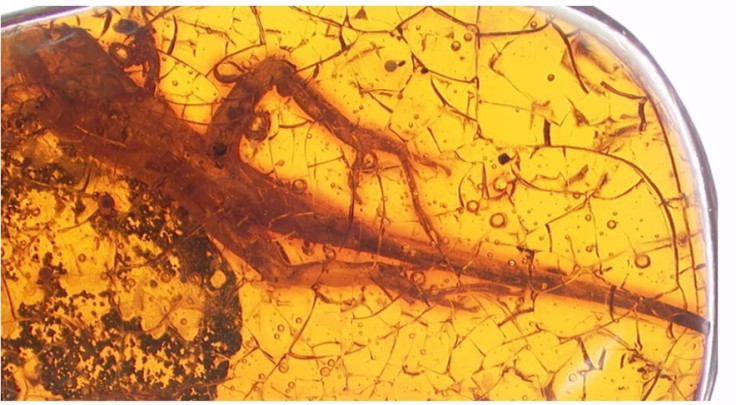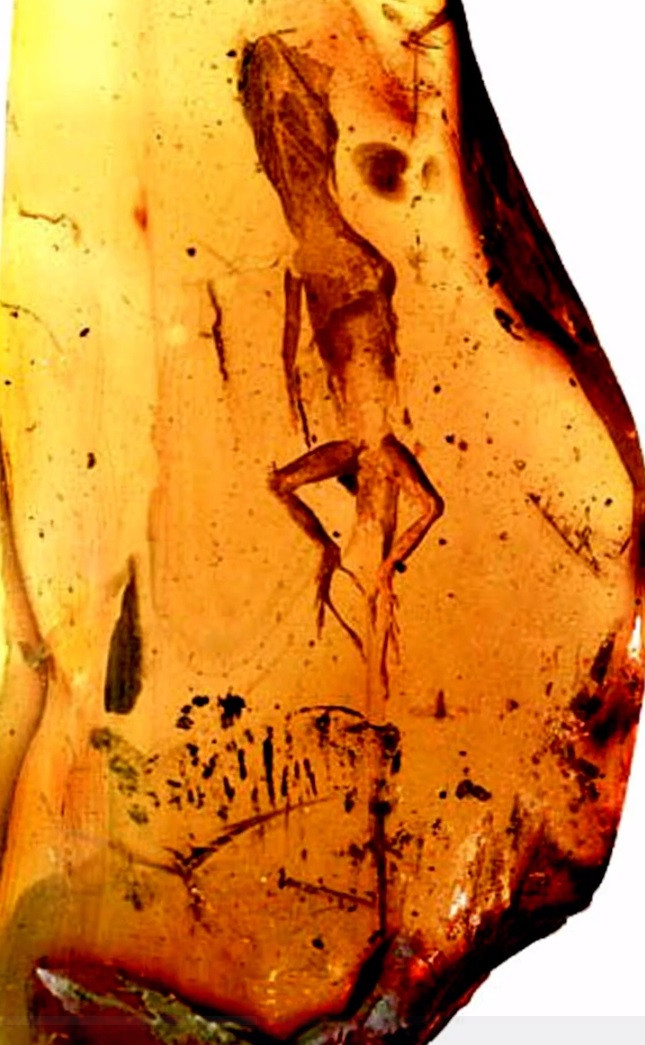Ancient Caribbean lizards found to have barely evolved in past 20 million years

Archaeologists have discovered a community of ancient lizards are almost identical to their living relatives.
The remains of several types of anolis lizards were analysed after they were perfectly preserved in amber in the island of Hispaniola in the Caribbean. They lived some 20 million years ago, according to the report published in Proceedings of the National Academy of Sciences.
The fossils contained such details that the scientists are able to tell what the reptiles last actions would have been, and even whether their eyes were open or closed – as opposed to normal amber fossils which are just a hollow impression.
Lead author Dr Emma Sherratt, of the University of New England in Australia, said: "These fossils were really surprising because of how much detail they contained, allowing us to see how these lizards would have looked in real life.

"Most of ours had full skeletons, and details of the skin were impressed on the amber, providing very detailed images of tiny scales on the body and on the sticky toe pads.
"You could have taken a lizard today, embedded it resin and it would have looked like one of these creatures. That's how realistic and modern they look."
There are over 400 types of anolis lizards in the Caribbean, with each of them evolving in minor ways to adapt to their specific environment after they began inhabiting the region around 40 million years ago.
The scientists used X-ray microcomputer tomography to give a three-dimensional visualisation of the fossils inside the amber, with minor details including scales being shown.
Sherratt added: "Given we see the same range of morphological features, this means the community of lizards has remained unchanged all this time.
"Evidence of anolis lizards living unchanged in different niches for 20 million years, indicates these niches have been stable for that period of time.
"That's quite surprising because these lizards have gone to other islands and over to the Florida mainland where they seem to evolve very rapidly. So it's not that they don't have the propensity to change, it's just that the structure of the environment has been stable enough that they haven't needed to change in 20 million years."
© Copyright IBTimes 2025. All rights reserved.






















